custom-designing an arbour
paulns
16 years ago
Related Stories
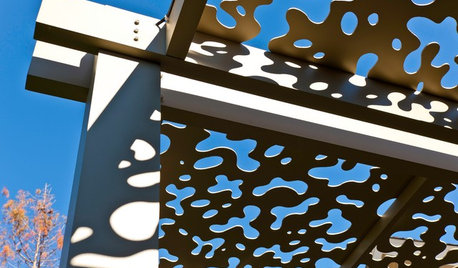
PATIOSPatio Details: A Custom Aluminum Arbor Cools Things Down in Texas
Panels in the roof have leaf pattern cutouts that create dappled shade and a calm, relaxed ambience
Full Story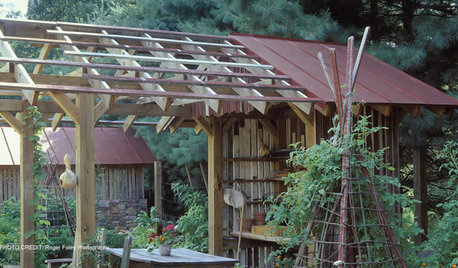
GARDENING AND LANDSCAPING12 One-of-a-Kind Trellis and Arbor Designs
Create Your Own Place for Vines, Flowers or a Romantic Chandelier
Full Story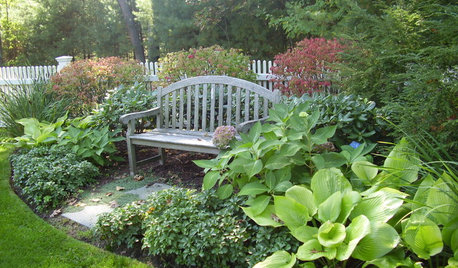
GARDENING AND LANDSCAPINGLandscape Design: A Secret Garden
Create a sense of discovery in your garden with an unexpected clearing, a shady arbor or a secluded nook
Full Story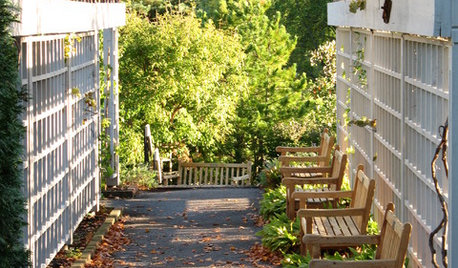
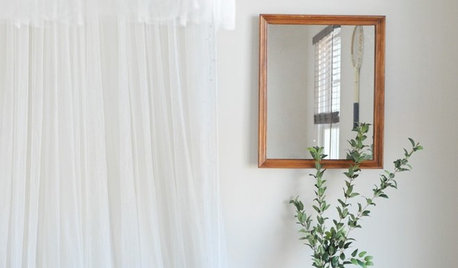
HOUZZ TOURSHouzz Tour: Artistic and Peaceful in Ann Arbor
Blogger Alli Michelle makes her house a home with an artful blend of modern, handmade, and quirky vintage finds
Full Story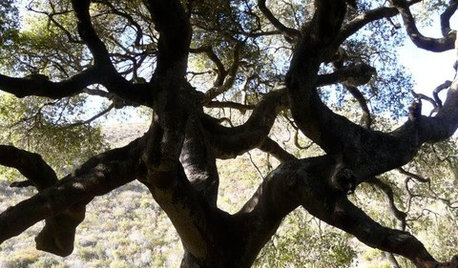
GARDENING AND LANDSCAPINGArbor Day Applause: Iconic Los Angeles Trees
Step aside, palm trees. California's native trees offer landscapes a huge variety of styles, personas and foliage
Full Story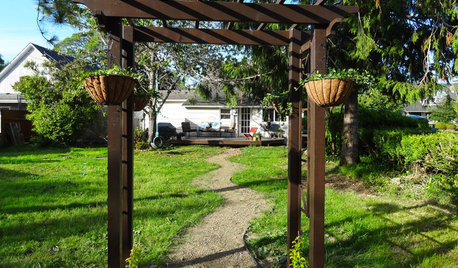
GARDENING AND LANDSCAPINGFrame Your Garden With a DIY Arbor for $150
Set the scene for curb appeal or a beautiful backyard detail with this arbor you can inexpensively build yourself
Full Story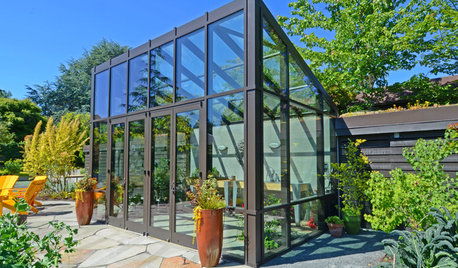
PATIO OF THE WEEKA Cozy Backyard Escape Warms Seattle Gardeners
Bold hues, a green roof, a functional greenhouse, a fire pit, an arbor and raised beds create a harmonious modern garden
Full Story
GARDENING GUIDESGreat Design Plant: Lonicera Sempervirens
Grow this long-blooming, flashy flowering vine to cover a fence or arbor and attract hordes of hummingbirds all season long
Full Story
For Home Pros: Using Custom Domains With Site Designer
Learn how to publish your Site Designer website to your own custom web address
Full Story0






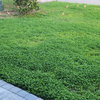
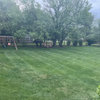
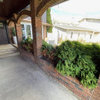

miss_rumphius_rules
nandina
Related Professionals
Beachwood Landscape Architects & Landscape Designers · College Park Landscape Contractors · Doctor Phillips Landscape Contractors · Haverhill Landscape Contractors · Leicester Landscape Contractors · Parkland Landscape Contractors · Whitehall Landscape Contractors · Elkridge Decks, Patios & Outdoor Enclosures · Cedar Falls Decks, Patios & Outdoor Enclosures · Cincinnati Decks, Patios & Outdoor Enclosures · Glendale Decks, Patios & Outdoor Enclosures · Lake Arrowhead Decks, Patios & Outdoor Enclosures · Sugar Land Decks, Patios & Outdoor Enclosures · Wentzville Decks, Patios & Outdoor Enclosures · West Bend Decks, Patios & Outdoor EnclosuresSaypoint zone 6 CT
Saypoint zone 6 CT
Saypoint zone 6 CT
Saypoint zone 6 CT
paulnsOriginal Author
nandina
paulnsOriginal Author
mad_gallica (z5 Eastern NY)
nandina
paulnsOriginal Author
karinl
mad_gallica (z5 Eastern NY)